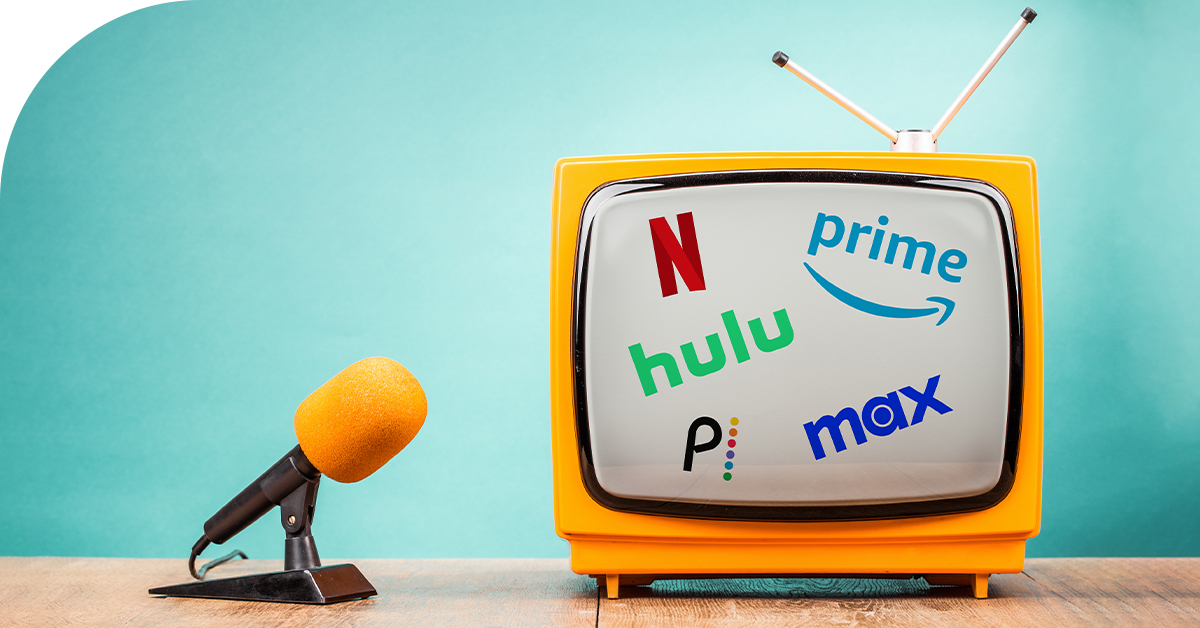The year is nearly over, and we’re preparing to launch into Q1 with a plan and the confidence to execute it. Strategies and budgets have continued to shift after a year of exploring new trends in consumer behavior and the technology available. And through these new developments, confidence in investing in marketing spending is back on the rise entering 2022. Brands are moving forward and embracing the changing marketing landscape after the turmoil and uncertainty of the pandemic.
Savvy marketers can benefit from building a budget with optimism and experimentation in mind while simultaneously staying vigilant to their goals and best practices. Marketers are planning to expand their media budget for digital video by a net 76% during 2022, becoming the biggest channel expansion planned for next year, among connected TV ads and digital-out-of-home. And, 61% of U.S. advertising executives are confident or very confident in the stability of their advertising budget for the rest of 2021—significantly more than the 22% who expressed the same levels of confidence in November of 2020.
If you want to learn more about connected TV and how to leverage it in your marketing strategy, watch our webinar here.
Understanding influencing factors and upcoming trends
All companies, businesses, and brands have different goals for their marketing efforts. And there will always be factors you can’t control that will impact your marketing plan and budget throughout the year. In order to plan an effective marketing budget, you’ll need to be aware of potential shifts in your industry and prepare to identify changes that would warrant budget revisions. And on the flip side, consider anticipating areas of business growth and decline that could be reflected in your budget. Make a note of any changes in your team members or marketing partners. Throughout the entire organization, team members and partners changing or leaving roles can have lasting effects that could limit or overextend marketing budgets. Investing in self-sustaining and in-house tools can create knowledge and expertise internally rather than recruiting experts or outsourcing capabilities.
Being mindful of your industry’s landscape and your previous experience will keep you agile and allow you to follow meaningful trends that could lead to success. Reflect on your campaigns and consider your successes by viewing data and trends from the previous year. Was there an opportunity for new growth in a target audience, possibly with data or a lookalike audience?
Understand the big changes in consumer behavior over the past year. This is worth doing every year, but specifically, during 2021, we saw massive changes in both the consideration and conversion stages of the marketing funnel. The length of the sales cycle has been extended pretty much across the board. Consumers are expecting more options and information to be readily available online. It can’t be overstated how impactful these changes are. Invest in new opportunities and shopping experiences online and in-store that consumers might be looking for, like delivery or in-store pickup. The world around your business will change, and it can have a huge influence on your marketing budget. Be prepared to react and consider adopting new trends early.
Maximize your budget for RoAS
A common theme when budget planning is to look back on the past year. Effective budgets need to rely on the data captured from the previous year to know what was working and what wasn’t. Review old campaigns and results to hone in on tactics that showed emerging growth and make room for more experimentation opportunities in the next year. Having accurate performance data available can make budget decisions that much easier.
Think ahead to what you potentially need in your marketing stack next year and if there are any opportunities to invest in self-service tech. Finding reliable partners with adequate and relevant expertise is a top challenge for marketers. The number of different channels, tactics, and strategies continues to grow, and you have to expect to utilize several marketing tools to be effective. Changes with data, consumer behavior, and new technology will continue to move quickly, and relying on external agencies to execute and update technology can fall behind and create gaps in both budget and strategy. Building up strong in-house technology helps align strategy, budget, and execution.
Build value from Long Term Brand Investment
Building your brand awareness can be gravely underestimated when setting marketing budgets, and in a lot of cases, it could be the first line item to be cut later in the year. One of the most valuable marketing strategies to utilize is a full-funnel marketing plan. When executing a full-funnel strategy, it’s important to gain value from every stage of the marketing funnel, and brand awareness fuels the later stages. Creating a budget that allows for dedicated marketing messages to build brand awareness on a long-term basis can be critical to success. Your budget should have a long-term scope that considers the bigger picture and keeps major goals on track.
We know—planning a marketing budget is a lot to take in. Getting all the pieces together is never easy, but if you’re maximizing your RoAS based on data, building for long-term goals, and are open to new trends and opportunities, you can create marketing success that is greater than the sum of all its individual elements.

About the author:
Zack Rosse is a Content Specialist at Choozle – Easy Digital Advertising®. Always learning and connecting the dots, Zack helps translate some of the tougher answers to simple questions marketers ask themselves. Outside of the office, Zack loves hunting for old vinyl to add to his collection and picking up garbage on his favorite walking trails.







